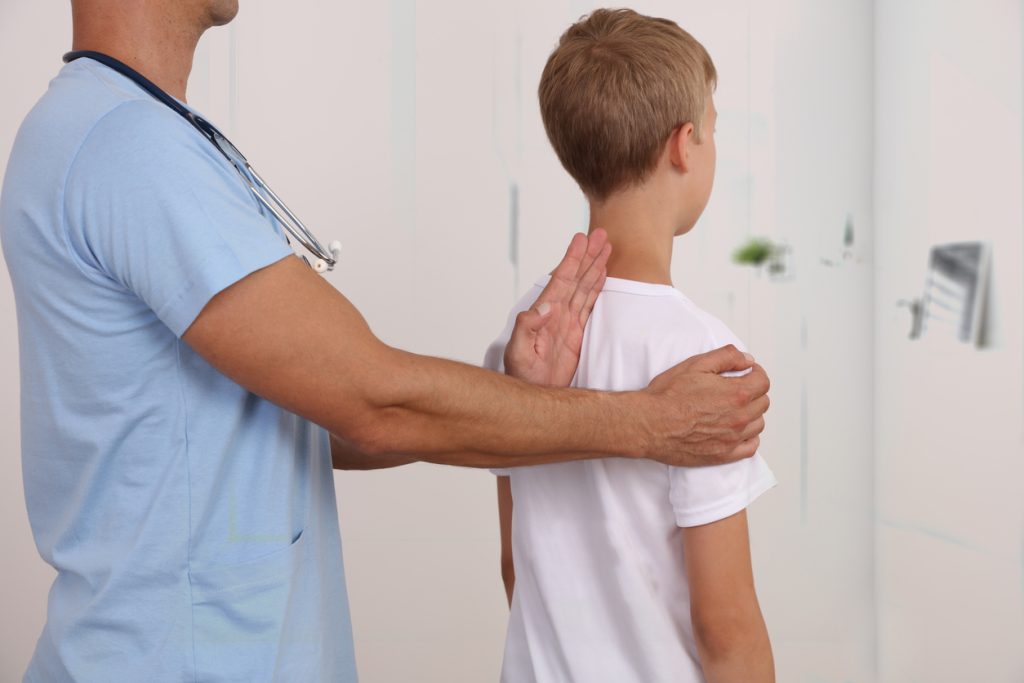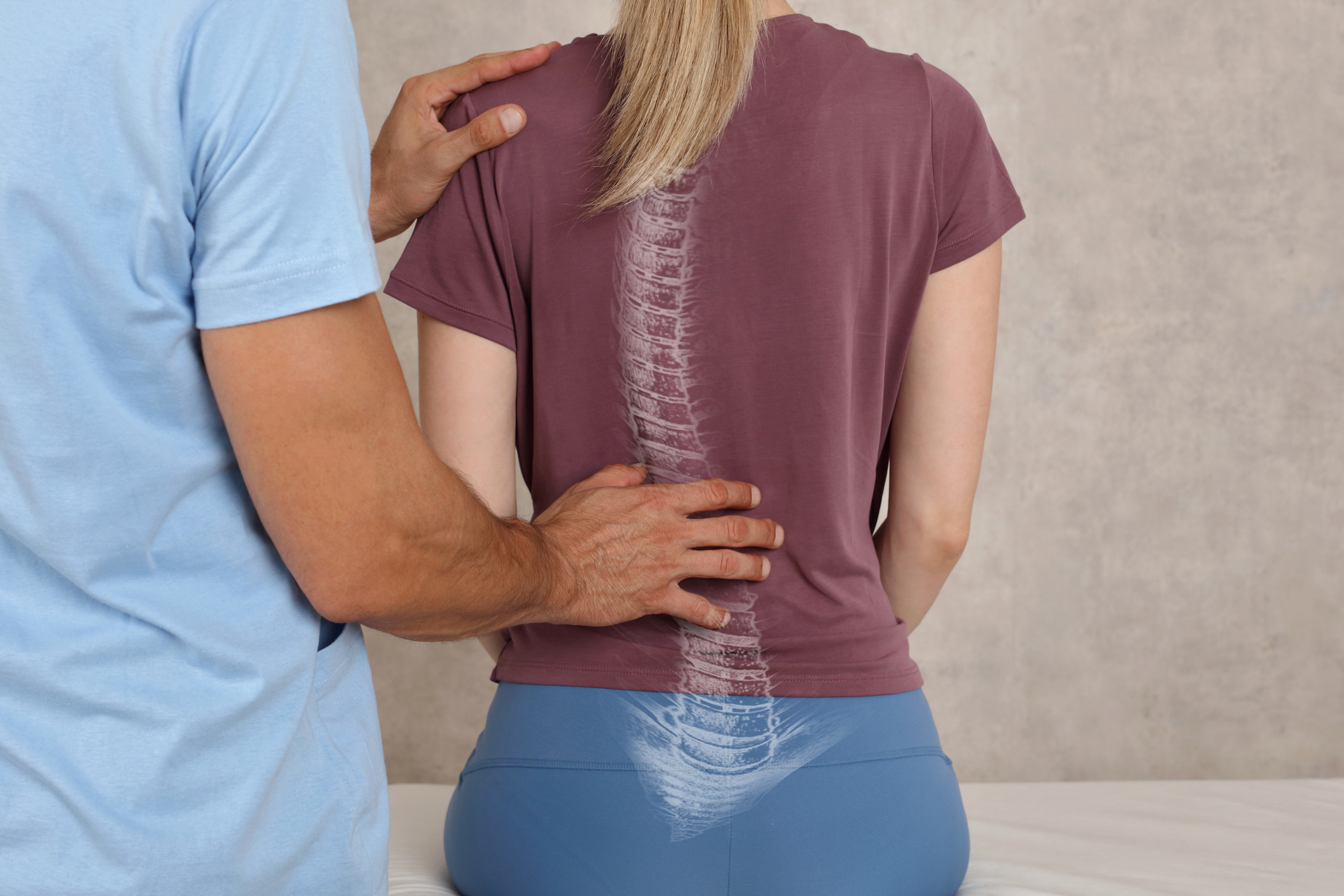Scoliosis is a condition that results in an abnormal, sideways curvature of the spine. There may be a single curvature resembling a C shape, or a double curvature that looks like an S shape. Although scoliosis may develop early in childhood, it’s typically diagnosed between the ages of 10-15 years. Degenerative scoliosis more commonly affects adults aged 65 and older.
Diagnostic tests for scoliosis start with a physical examination, usually followed by x-rays. A CT scan or an MRI may also be ordered. Symptoms of scoliosis include uneven shoulders, one hip higher than the other, or ribs being more pronounced on one side. The following are descriptions of four common types of scoliosis, who is affected, and how doctors may treat them.
Congenital Scoliosis
About 1 in 10,000 babies are affected by congenital scoliosis. This is a spinal defect that is present at birth. Vertebrae have not formed normally during pregnancy. A vertebrae may not be completely formed, or two or more vertebrae may be joined together. The problem is not always detected until the child is older. Doctors usually monitor the child for changes in the spinal curvature during the growing years. Spinal bracing is not always effective, and surgery is sometimes necessary to correct a severe curvature.
Adolescent Idiopathic Scoliosis

This is the most common type of scoliosis, but the cause is unknown. This develops as older children and teenagers go through rapid growth periods. Approximately 4 in 100 adolescents are affected. Those with a mild curvature are regularly monitored by their physician. If the curvature worsens, a custom brace may need to be worn. Surgery may be recommended if the curvature is more than 45 degrees.
Neuromuscular Scoliosis
This type of scoliosis may develop in individuals who have a neuromuscular disorder such as cerebral palsy, muscular dystrophy, spina bifida, or a spinal cord injury. The patient often cannot walk and is unable to control the muscles that support the spine. Patient care often includes a team of specialists. The underlying condition affects treatment recommendations.
Degenerative Scoliosis
This may occur in older adults as wear and tear causes the discs and facet joints of the spine to break down. Vertebrae begin to shift out of alignment when they can no longer provide support. The lumbar spine is most commonly affected. The condition may cause pain in the back, legs, and buttocks. Walking may be difficult. Non-surgical treatments include pain medications and physical therapy. Decompression surgery may take the pressure off affected nerves. However, many people with degenerative scoliosis avoid surgery due to their age and other medical conditions.
Next Steps
The physicians at Atlanta Brain and Spine Care are experts in the diagnosis and treatment of scoliosis. Contact us today to make an appointment with one of our spine specialists.


